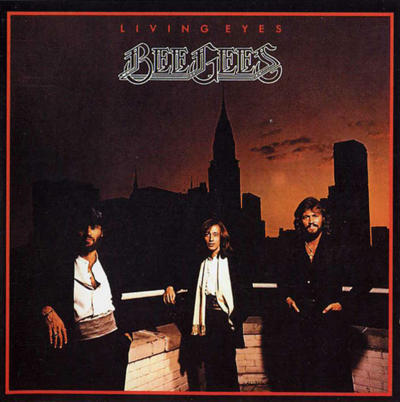Back to Inner Sleeve - the Rat Records blog>
Perfect Sound Forever Part 2: Fool's Gold in the Silver

Welcome back.We left off in the hazy, dazy magic of the late 70s. A time made far worse in the false historical memories created by the ages that came later, brighter, meaner and dumber - so needed to dump on the scene and parody it as bellbottoms, bad beer and uncollected bins.Let's recap.The major record labels had been burnt by a toxic cocksnail of the disco bubble and the lack of new, big acts to replace the 60s lot which had become arena rock dinosores for the industry. They could shift product, but not as hard, fast and true as before. Disco had exploded like a cancerous mushroom, four to the floor stylings from everyone from 60s soft rockers to Raquel Welch.Even as this vinyl pyre was piling up, industry insiders smelt of fear. When Roger Corman did his customary "ask a bunch of teenagers" market research in 1977 for a film called Disco High School he changed tack immediately when they sneered that it was "my parent's music" and was about as rebellious as clip on bow tie. The concept became the classic Rock and Roll High School, with The Ramones.So picture you're high up and high in the Rainbow Room, looking down at a rotting record empire. A disco bubble is about to explode. The old acts have burnt out. Anyone can put out product, and often wants product from artists you don't own and don't understand. Video games and home video are starting to eat into your customers wallets and hearts in a fucking massive way. You're not cool anymore.The only way is down...until you get a call from a couple of electronics wizards called Philips and Sony with a ticket to turn it around.You'll remember from the last episode Philips had decided there was much mileage in a new kind of record that was easier to use, held more music and answered all the rubbish consumer gripes about the LP, and set to work in 1977 on a solution. CD's could have been analogue, but would have not stored much more sound than an LP, and could not perform the error correction so crucial to digital.Over in the East, Sony, going through a genius period of innovation had demonstrated an optical music disc in 1976 and in 1978 showed off an 8 inch disc that could play 150 minutes of digital sound. Yet Philips had more knowledge on how to make the discs themselves. In a rare group hug of corporate Zen you'd not see in our fearful, greedy daze the two companies got their best people together to sort out a common world standard for digital audio discs. The consequences for all aspects of computing and entertainment are legion, and the technical excellence of the choices the team led by Kees Schouhamer Immink and Toshitada Doi made created a new golden age for the majors while ensuring their humbling too.The very final specification, published as CD-DA in the Red Book, a 120mm optical disc with uncompressed 16-bit PCM audio sampled at 44.1khz for 74 minutes playing time was slightly larger than the 115mm, 60 minute standard originally agreed upon. The story goes that Sony exec Norio Ohga wanted to get the whole of his favourite recording of Beethoven's 9th on one disc so asked for a change, a change some say made it easier for Sony, too, to make the discs.Whatever the boring truth, CDs first broke cover on an episode of the BBC's Tomorrow's World in 1981. Amongst the electric frisson of hype, a sour note could be detected. No-one's favourite Bee Gees scat emission, "Living Eyes" was chosen to demonstrate the wonder of Perfect Sound Forever.Living Lies was the first "album" to be "manufactured" as a demo disc for this groundbreaking tech. Now forget about musical snobbery, justified as it often is. Think about how your videophile uncle (no not THAT uncle!) used to show off his AV kit. Maybe stick in a DVD of Ron Fricke's Baraka with all the pretty photography? A LucusFilm THX speaker workout disc that throws sound effects against every wall in turn? In other words, forget about aesthetics. you at least want to show off the capabilities of the kit. So an ideal demo CD might have been the still in the news, amazing Golden Record put on the Voyager space probes with every kind of sound and music needed to represent the Earth itself.Instead, this revolution was sold off the back of flabby soft cock MOR disowned by its own creators. What could this mean? Champagne dreams that turned to urine. And more. Tune in again for Part 3...
Looking for a gem of wisdom and insight from an older article?
Search the inner sleeve
Sell Your Records & CDs To Us
It's quick, it's easy.
We're friendly, fair and knowledgeable, and we collect nationwide.
"I never expected to enjoy selling my record collection, but you made the process a remarkably upbeat one."
